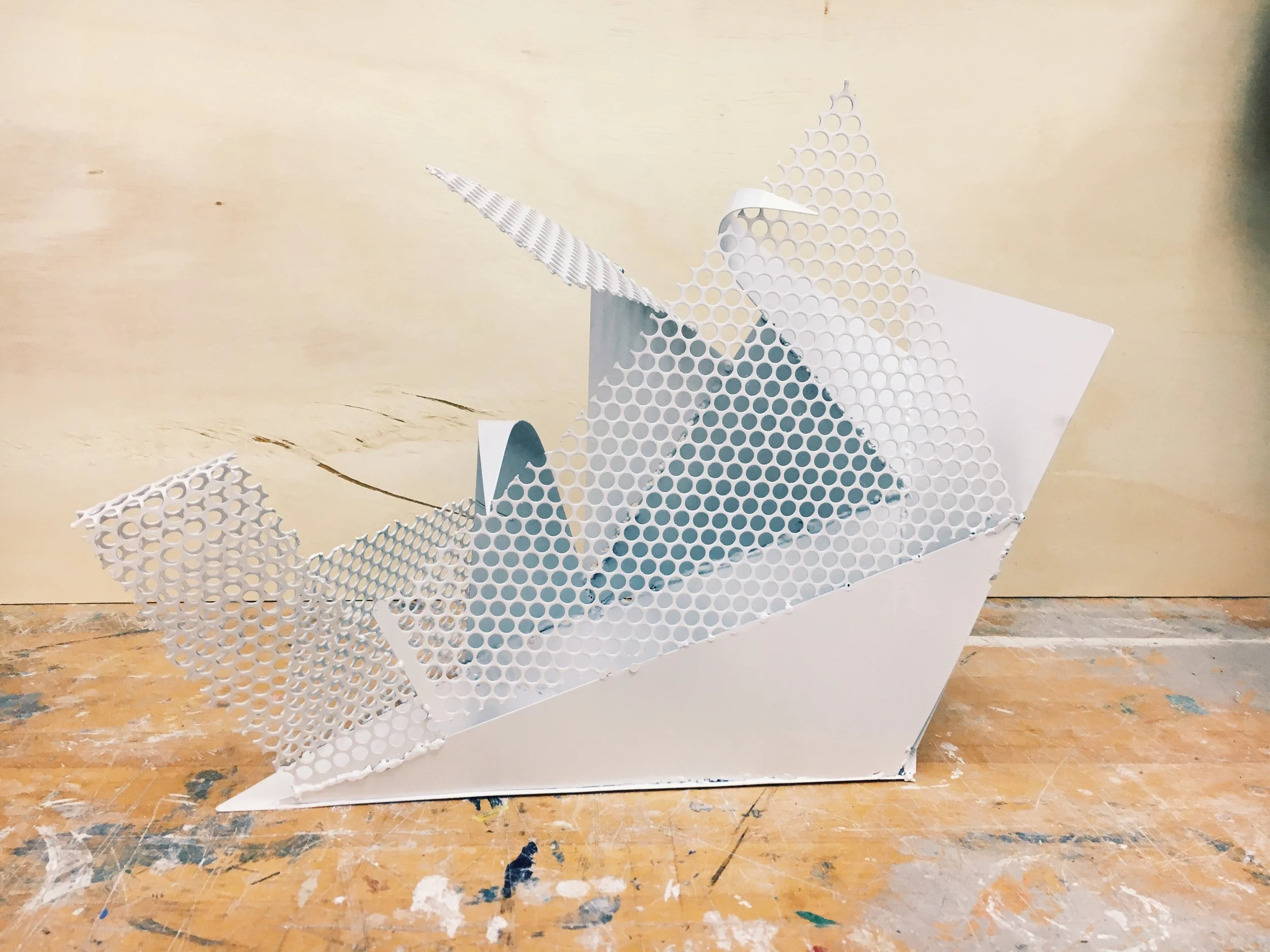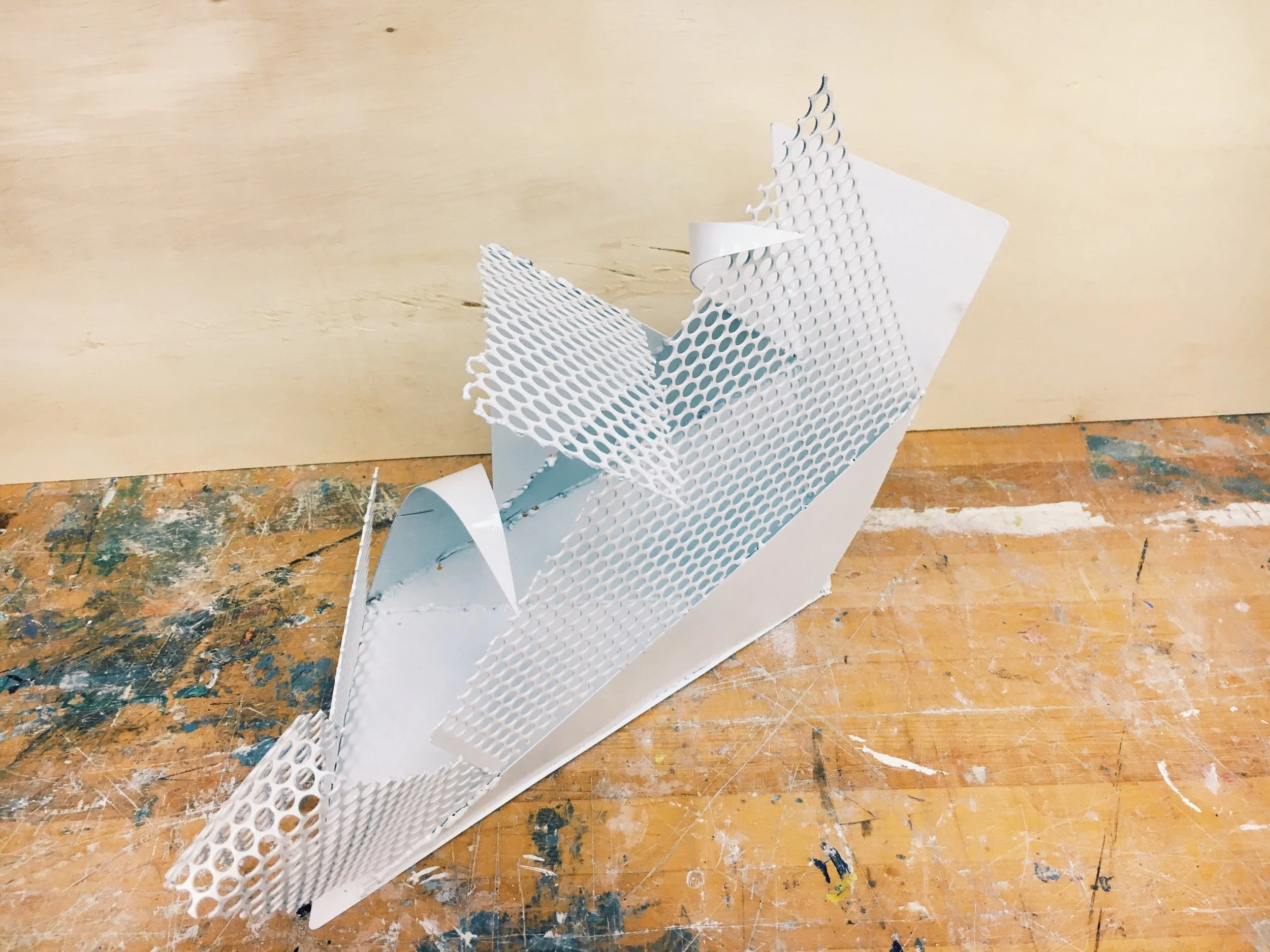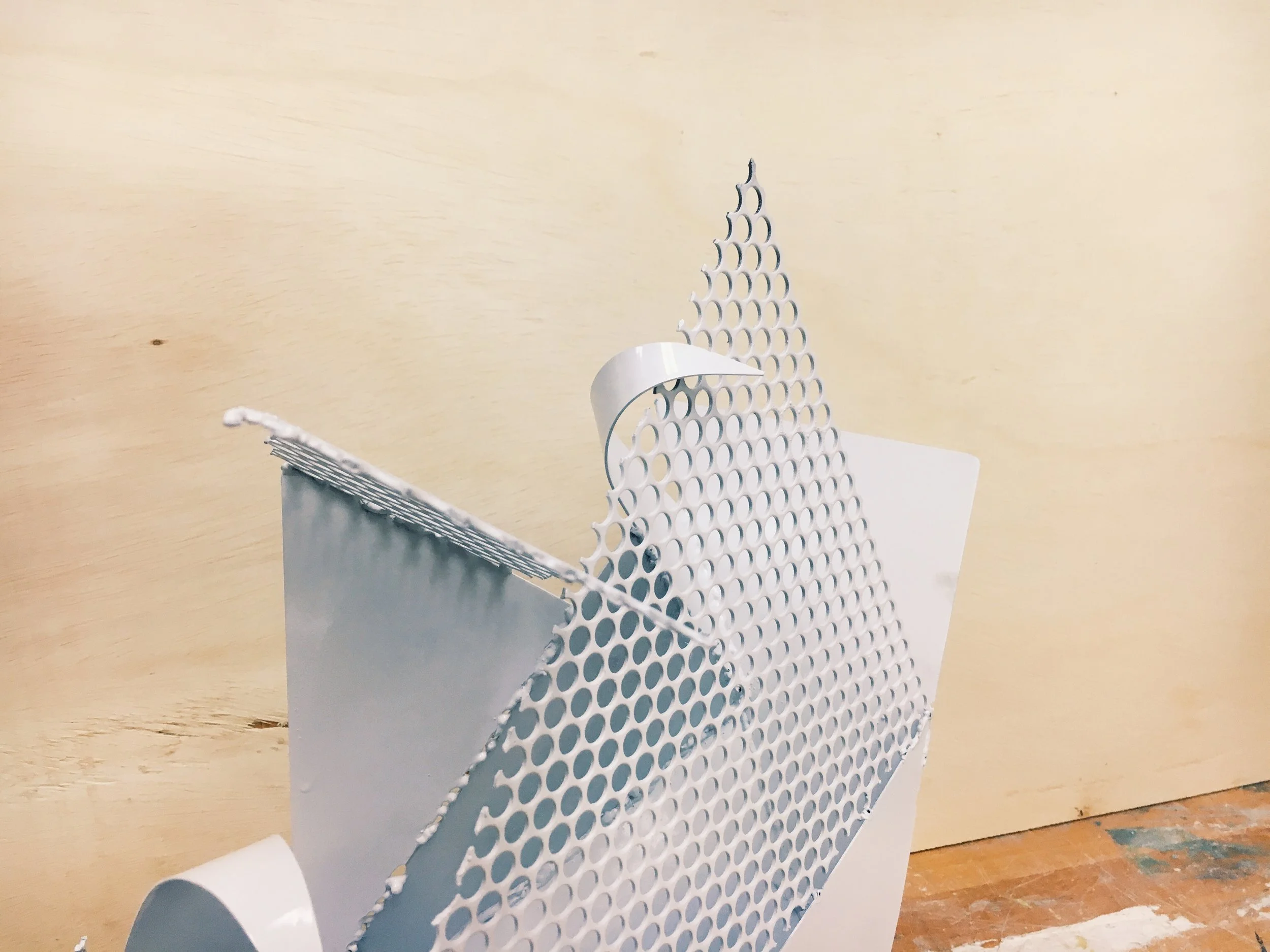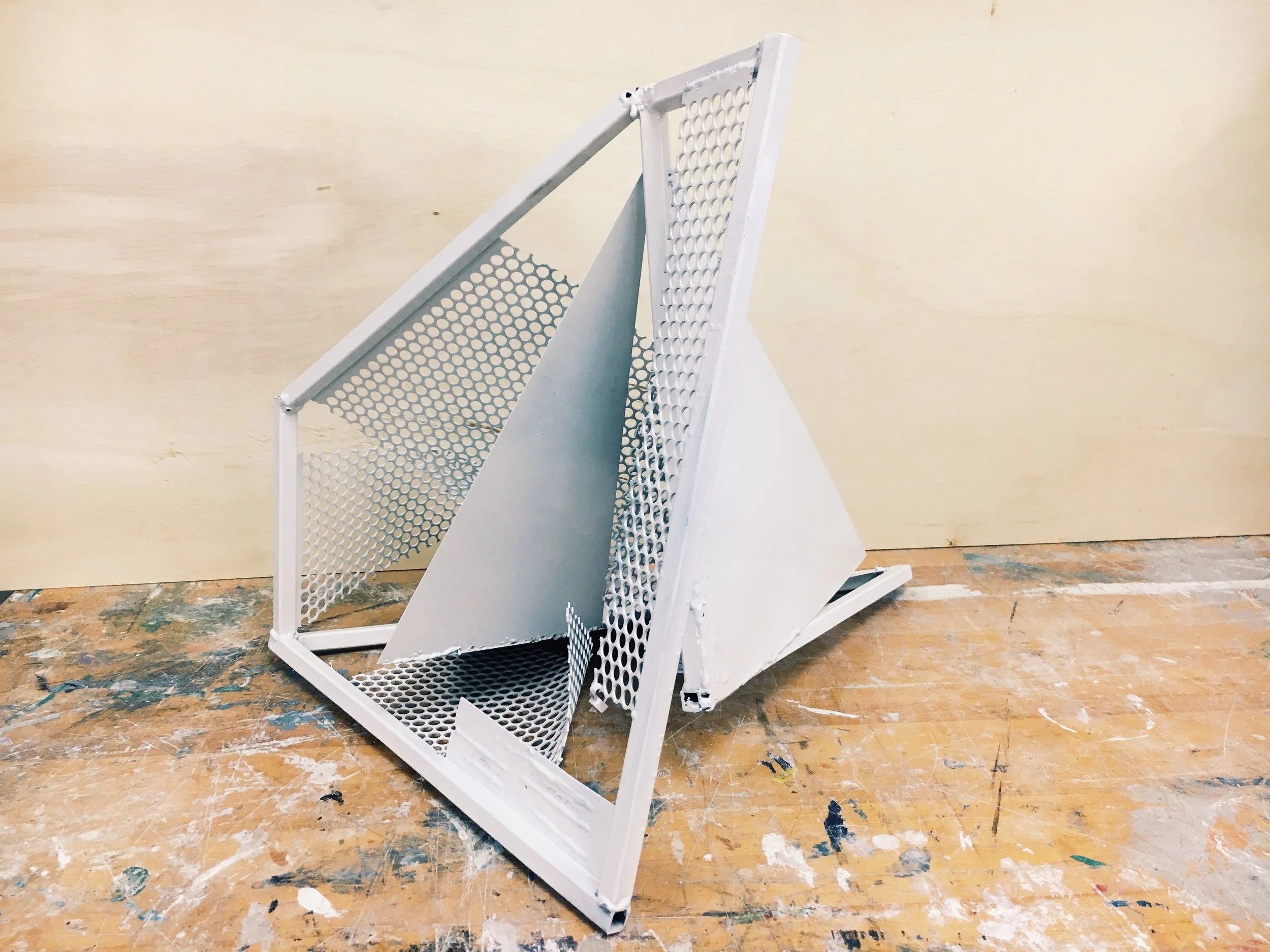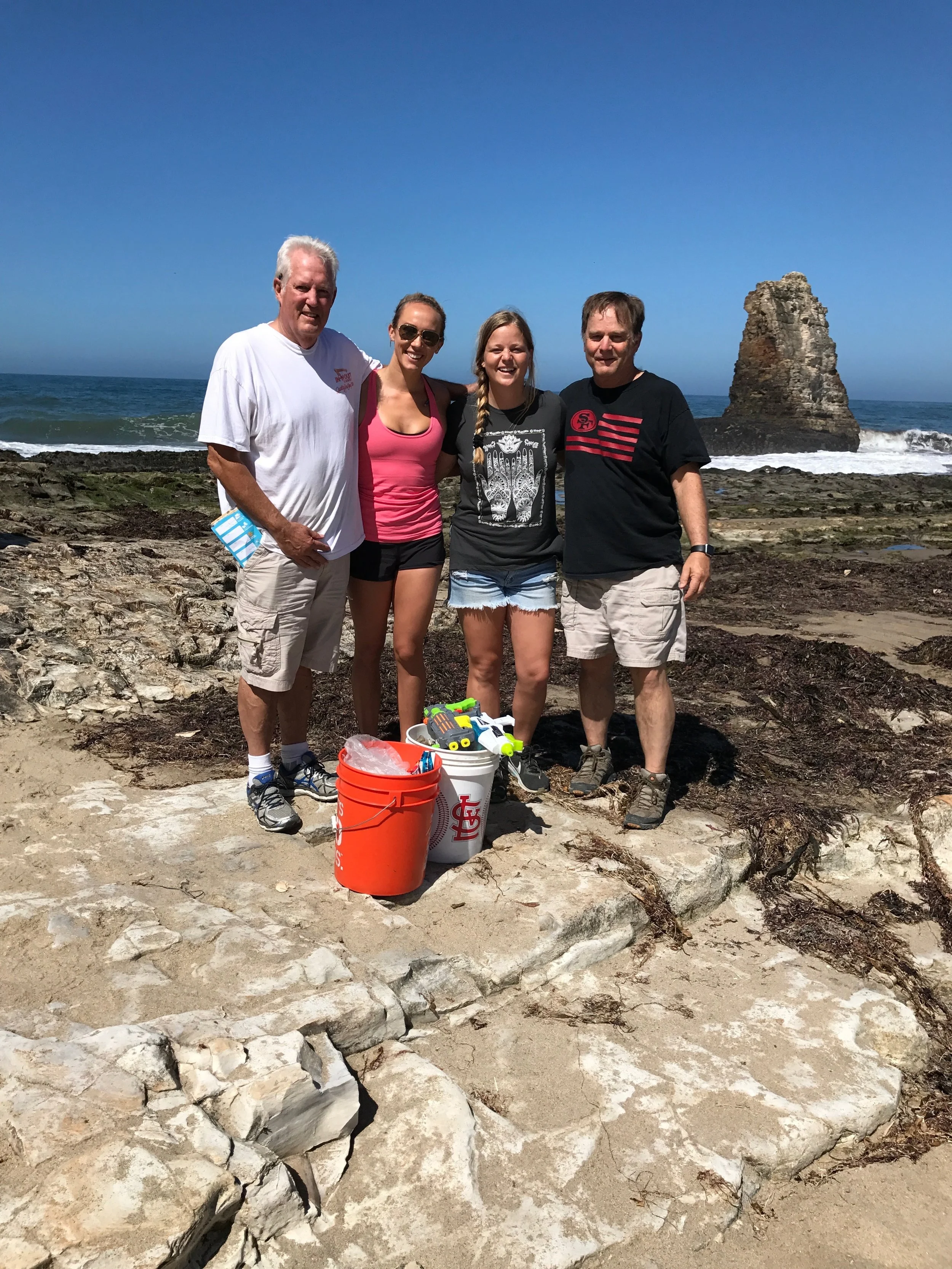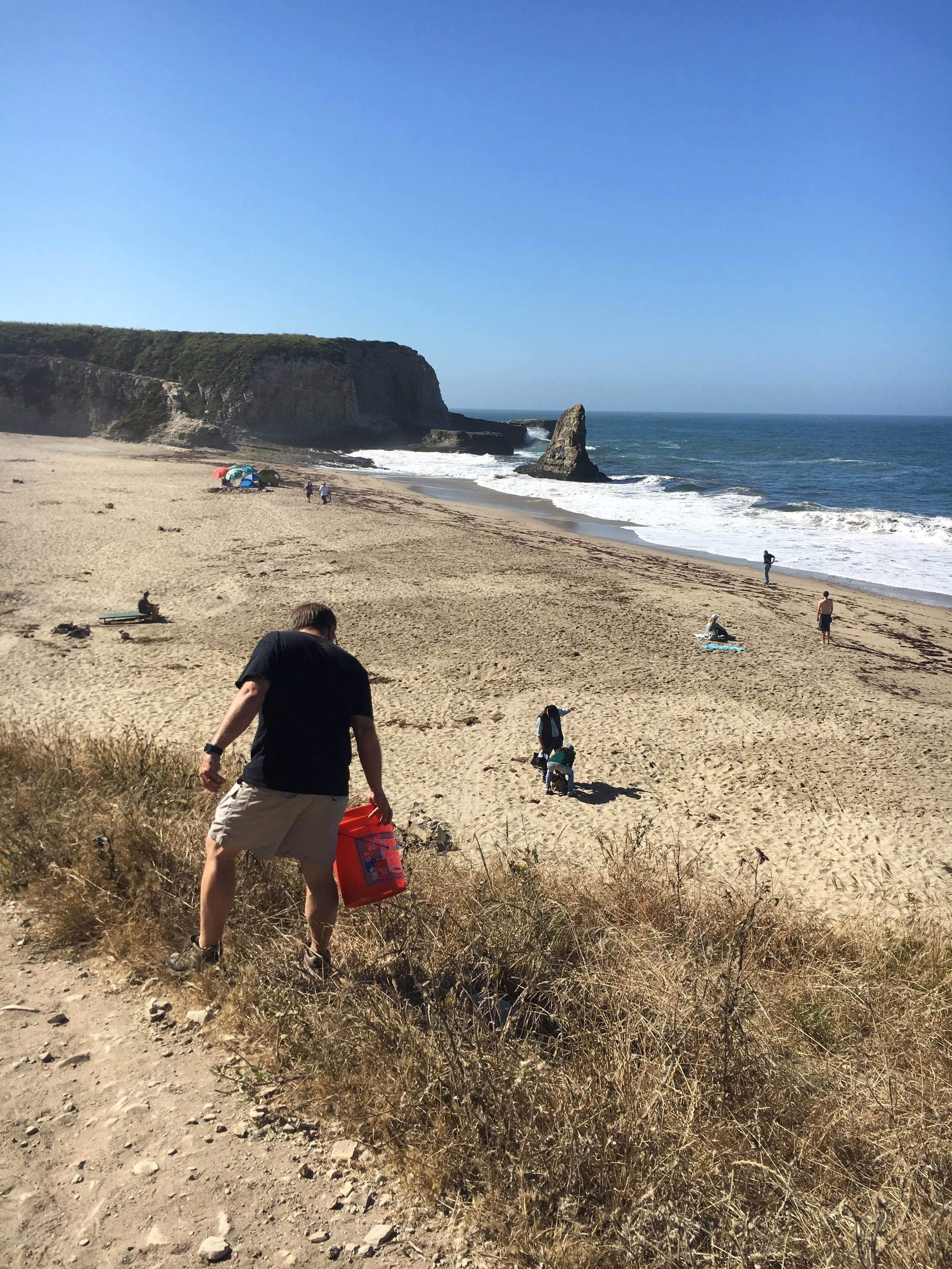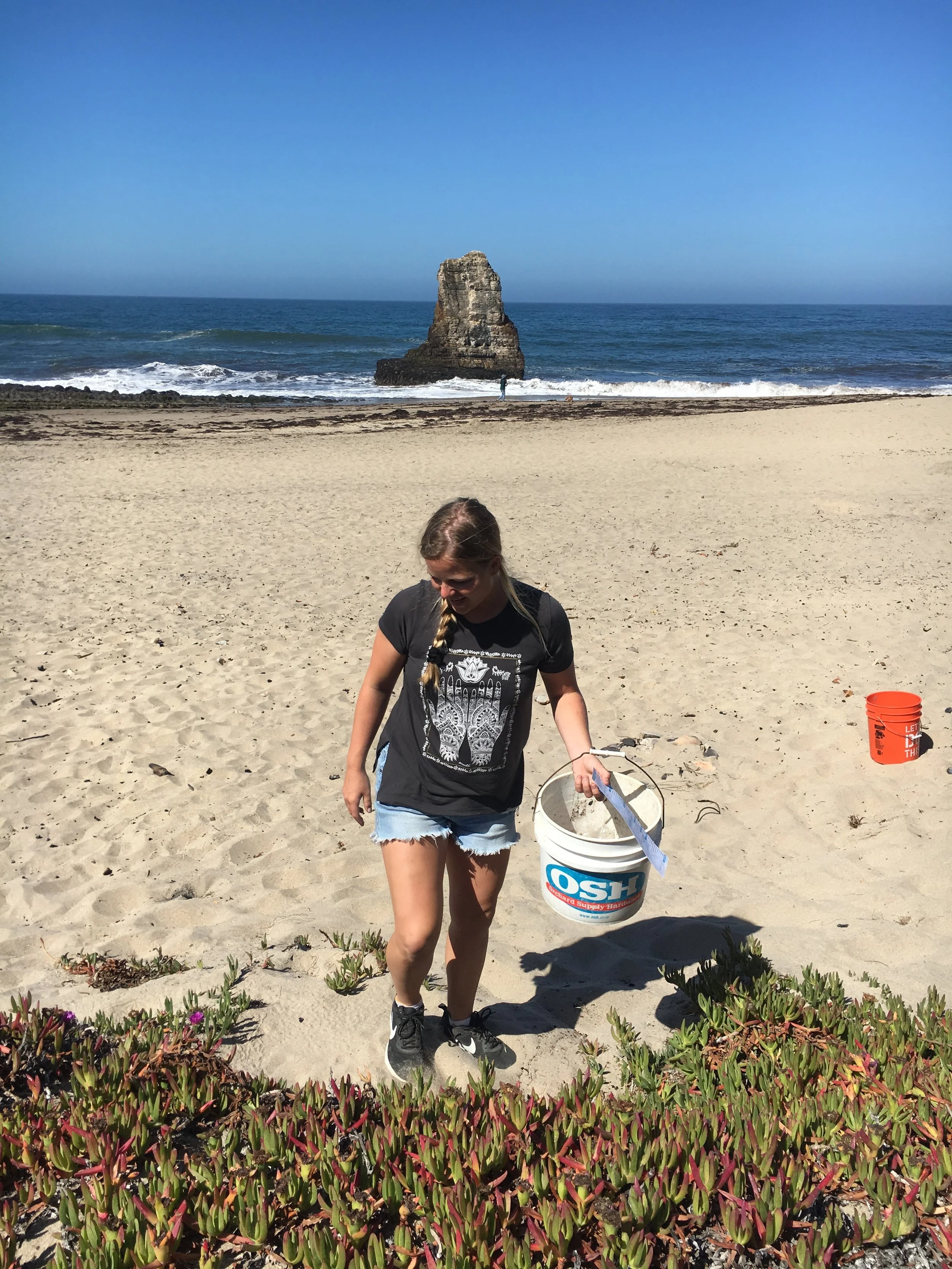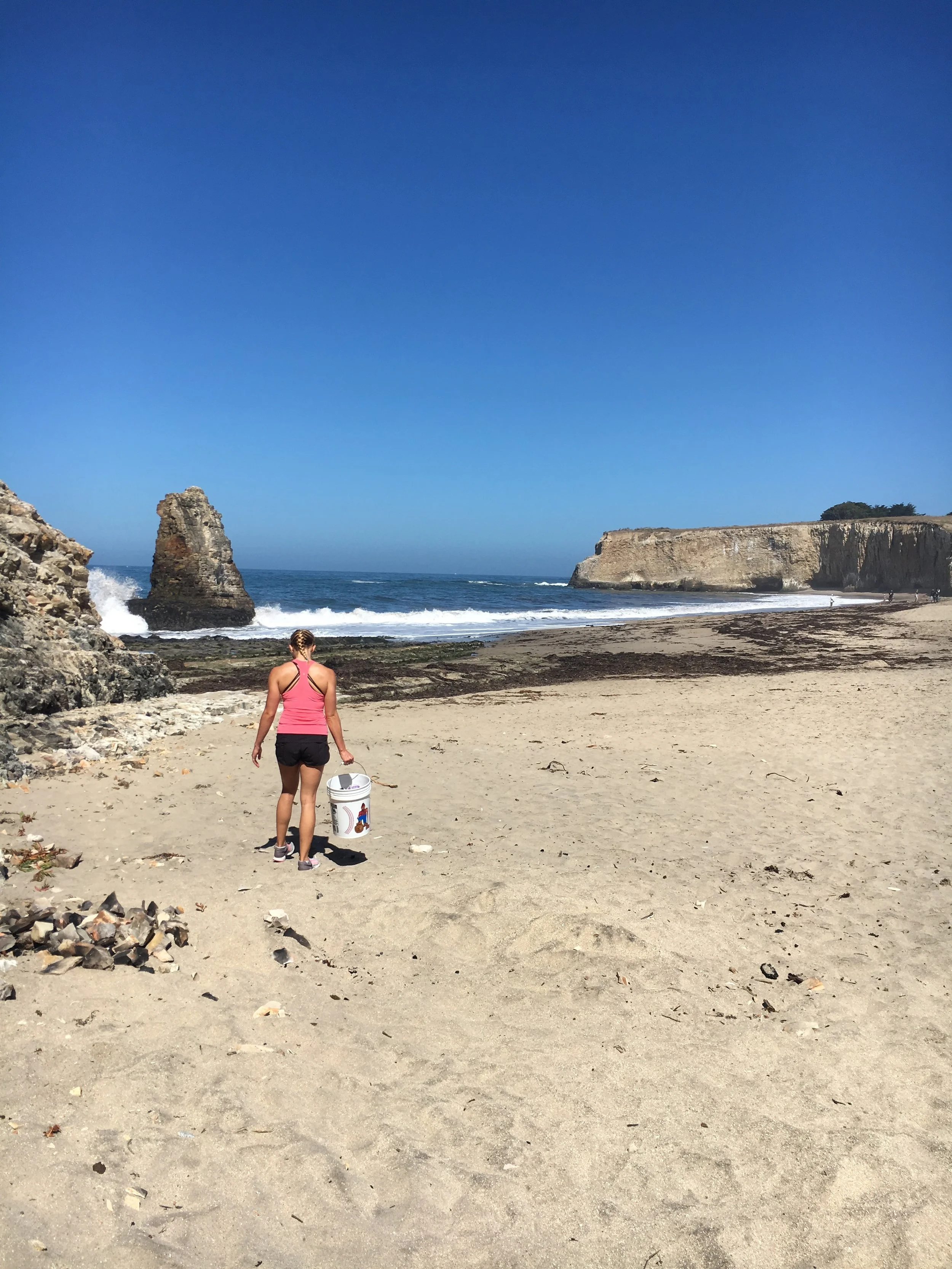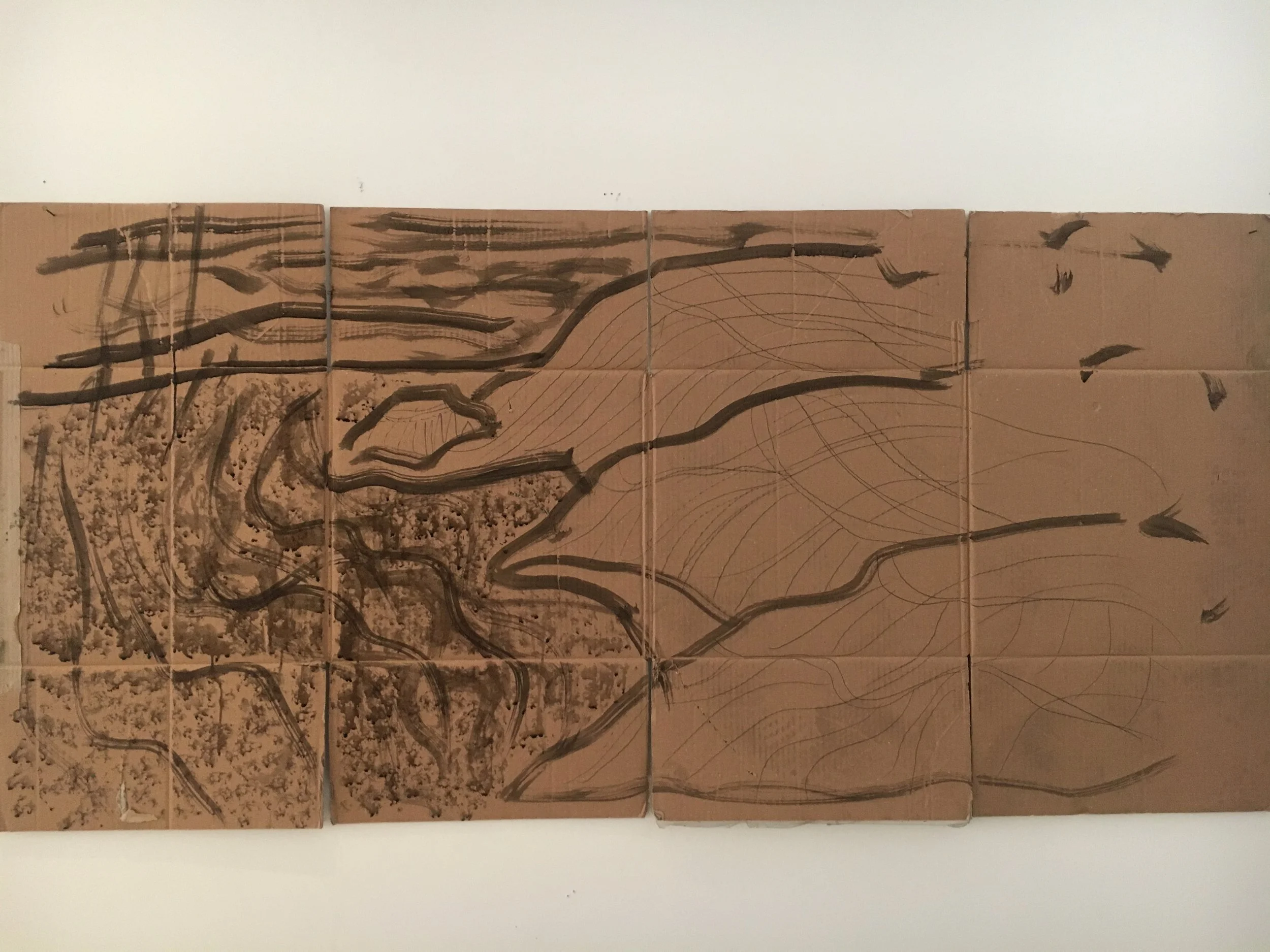Wow I can’t believe it is already week three!
This week was full of getting in the studio and starting to work on my sculpture. I also visited Molly Larkey's studio with my SURF mentor, Lia Halloran! It was stellar to hear about Molly's process of getting ready for her show that’s opening at the end of summer. Working through ideas, combining processes, and thinking about her work was super helpful to get me going in the studio. Seeing her work in person was a great experience because I have only seen them on my computer screen.
Its been great having my fellow fellow Francesca in the studio working along side me. She is currently working on a screenplay about a murder based off a true story that took place in El Paso in the early 70s. Having someone to bounce ideas off of and keep my art practice light hearted and fun is refreshing. I find that I work and create best when I am having fun and laughing. She also inspired me to create the video below as you can tell from the credits we both had a lot of fun making it.
I have also been practicing my welding a lot this week and trying to conquer welding thin sheet metal. It has been a struggle but I am burning a lot less holes through the sheets. I also bought some scraps of this holed sheet of steel that has been really interesting to use. I got so into practicing on Saturday that I ended up making these sculptures below. I have mainly used square steel tubing in the past, so it was inspiring and challenging to work with the sheets instead.
Next week is going to be a big push to get a TON of weaving done in the studio before I leave for Europe to do research at Documenta and the Venice Biennale. I am making 5 foot squares of woven tapestry like cloth out of the collected materials from the beach clean ups.

